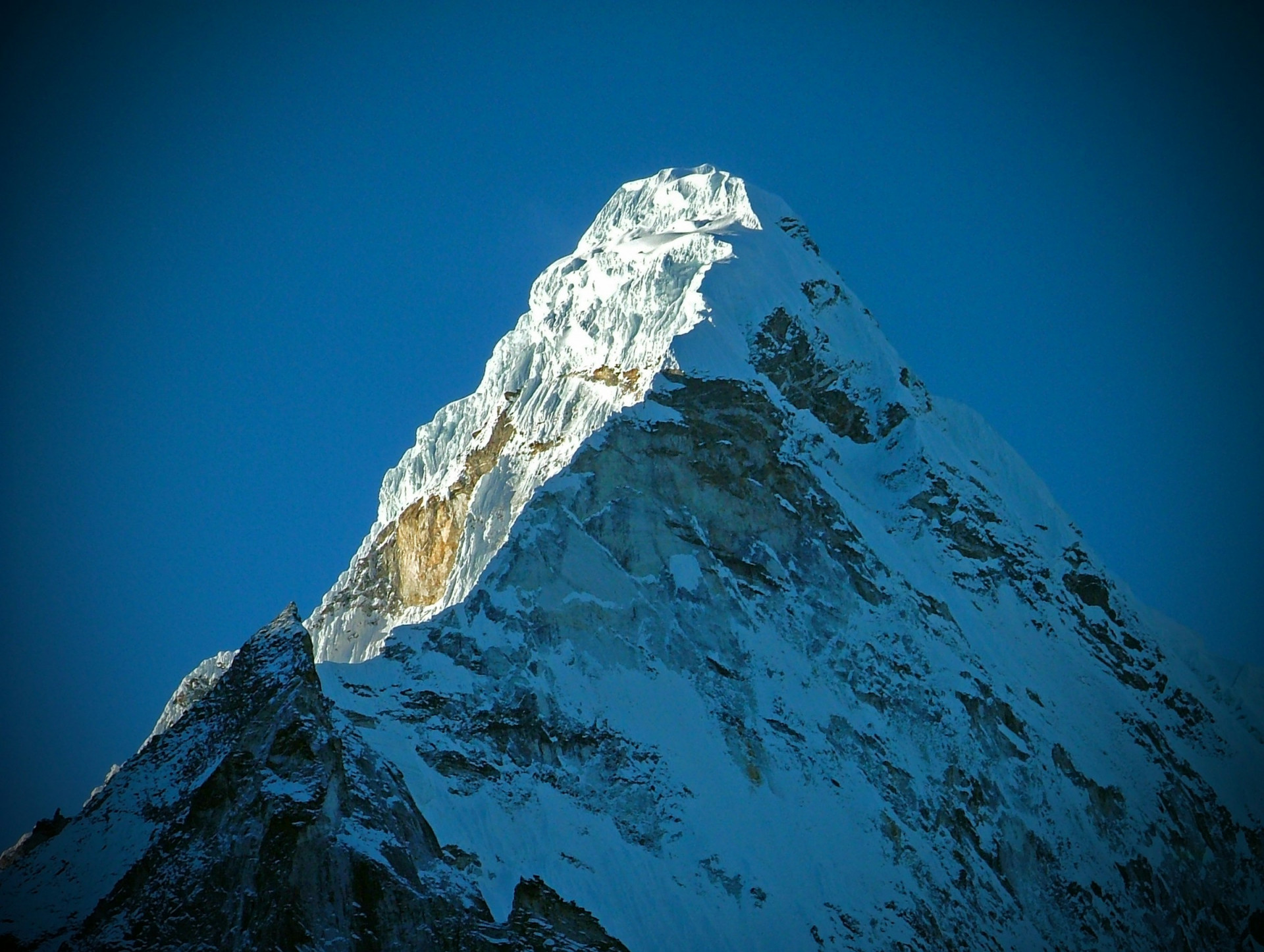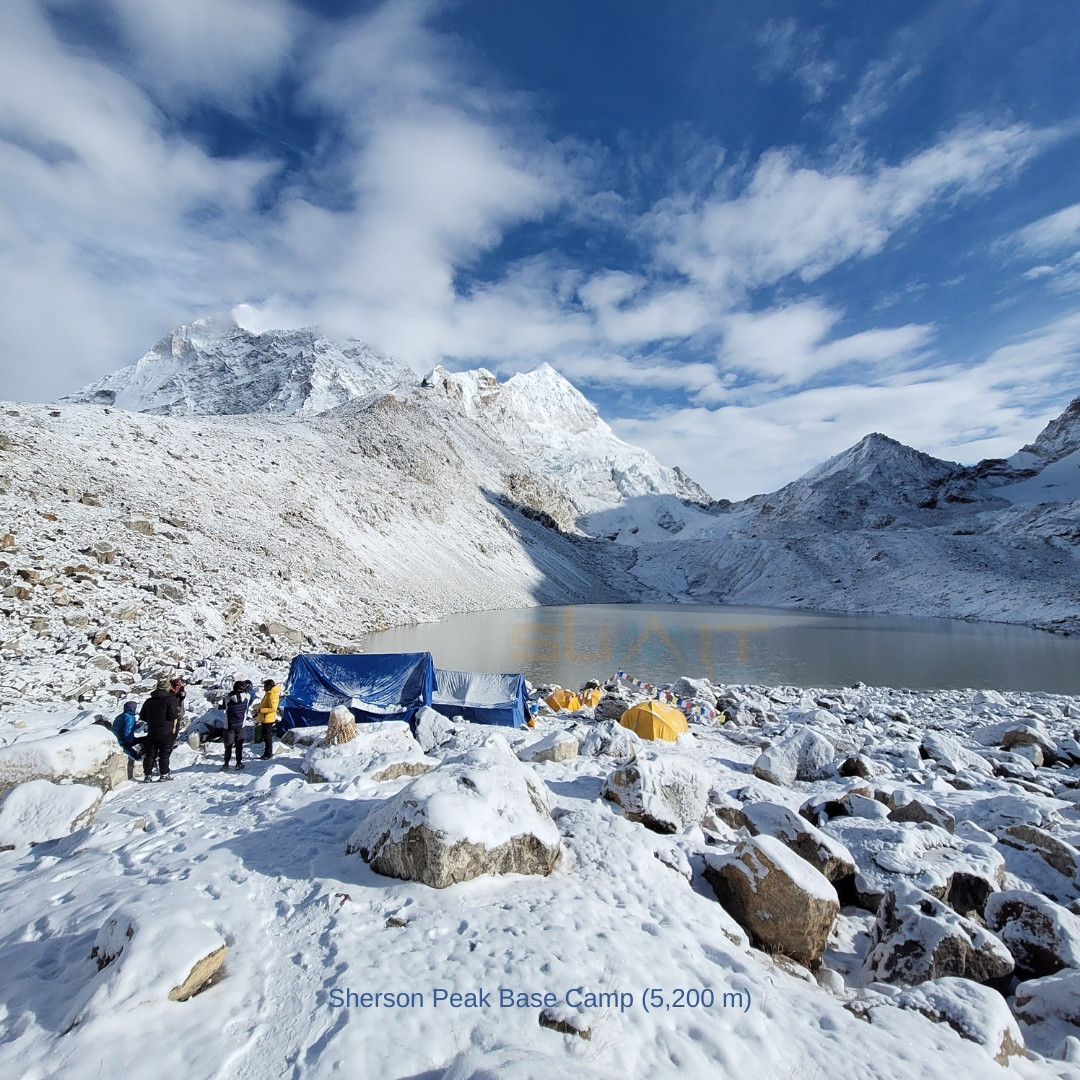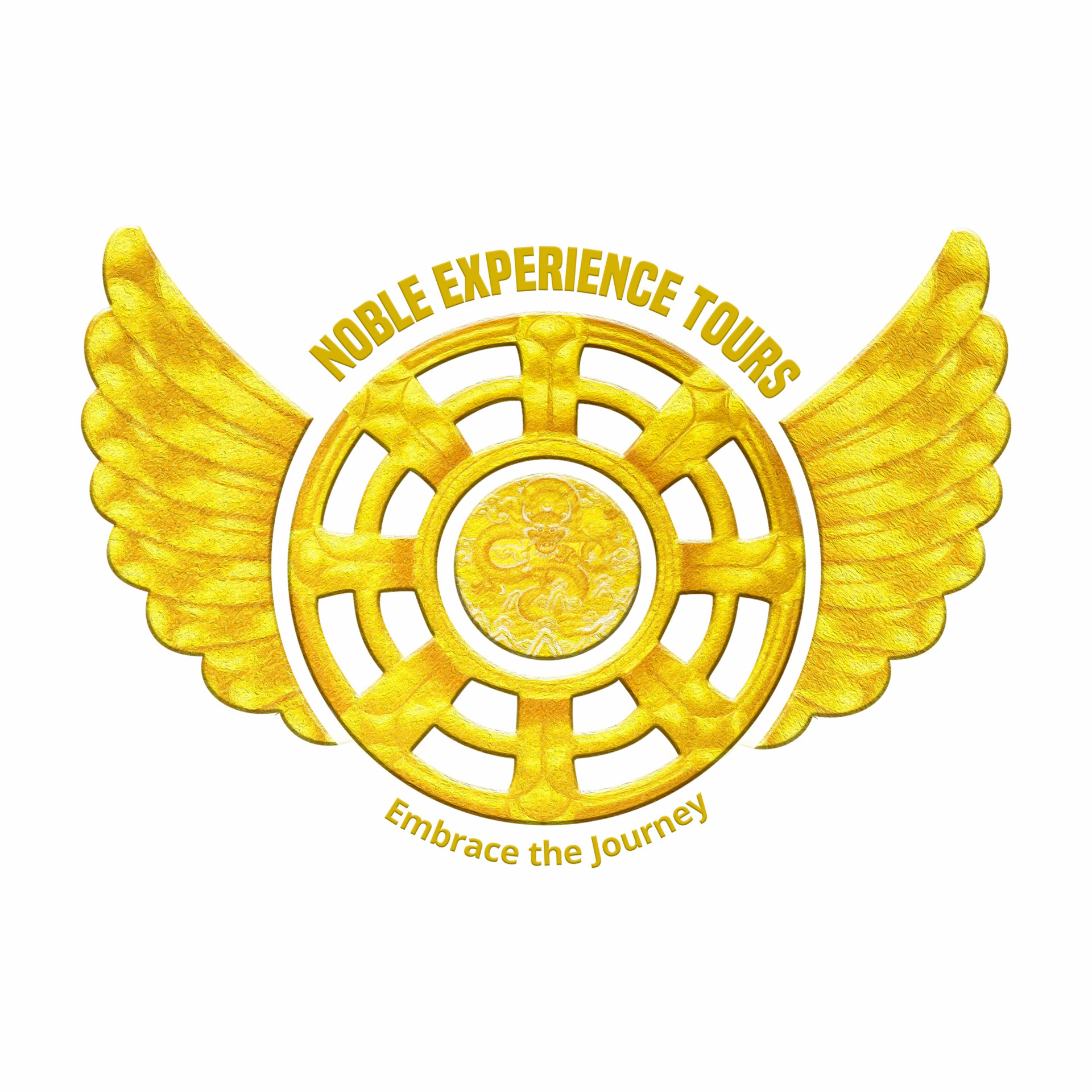Climbing peaks over 6,000 meters in Nepal requires a permit issued by the Nepalese government through the Department of Tourism. In addition to the permit, climbers are also required to be accompanied by a licensed climbing guide or support staff from a registered trekking agency. Prior mountaineering experience and physical fitness are also crucial for tackling such high-altitude peaks safely. It is recommended to check the latest regulations and requirements with the Department of Tourism or a reputable trekking agency in Nepal before attempting climbs over 6,000 meters.
Best time for Peak climbing
Spring (pre-monsoon): March to May - This is the most popular climbing season due to stable weather conditions and clear skies. The temperatures are milder, and the mountain views are spectacular.
Autumn (post-monsoon): September to November - Another favorable season for climbing with stable weather and clear visibility. The temperatures are more moderate, and the landscapes are lush after the monsoon season.
It is important to note that weather conditions in the mountains can be unpredictable, so it is essential to be prepared for all types of weather scenarios regardless of the season you choose for your climb.





